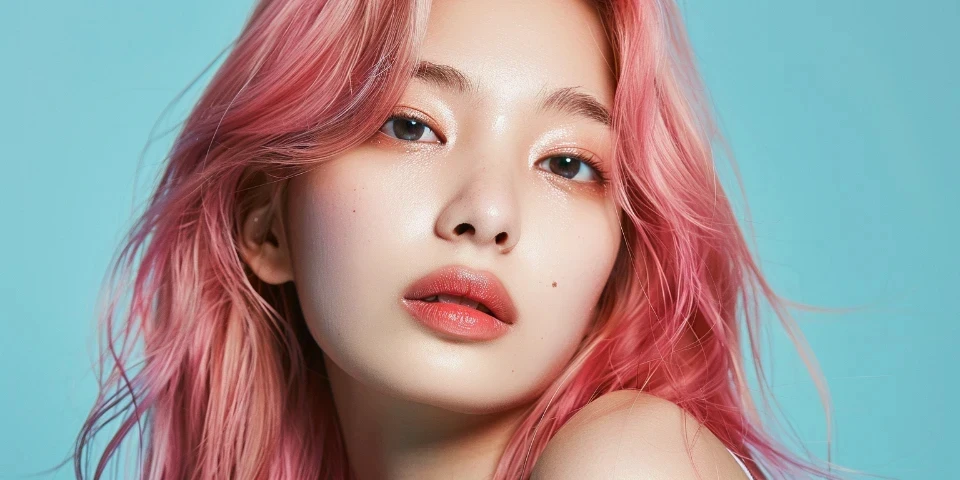AI Girlfriend Your Personal Fitness Coach
Art has always been a reflection of human creativity and imagination. From the Renaissance masters to Salvador Dali's surrealism, artists have used various mediums to bring their visions to life. However, with the advent of technology, the artistic process has undergone a significant transformation. One of the most groundbreaking advancements in recent years is the Graphic GPT, an artificial intelligence model that has revolutionized the way artists create and conceptualize their work.
1. Understanding Graphic GPT
At its core, Graphic GPT is an AI model developed by OpenAI that uses deep learning techniques to generate images based on textual descriptions. It utilizes a massive amount of data, including images and their associated captions, to deliver stunning results. This model has bridged the gap between language and visual art, enabling artists to communicate their ideas using words instead of traditional sketches or drawings.

2. Enhancing Creativity and Imagination
Graphic GPT has unlocked new avenues of creativity for artists. Rather than being limited by their drawing skills or available tools, artists can explore an infinite realm of possibilities through descriptive language. The ability to describe their ideas in words allows artists to focus solely on their imagination and not be hindered by technical limitations.
3. Streamlining the Ideation Process
Coming up with new ideas and concepts is an integral part of the artistic process. Graphic GPT assists artists by offering alternative perspectives and generating unique suggestions. This streamlines the ideation process, helping artists discover new directions and expand the horizons of their work.
4. Overcoming Artistic Blocks
Artistic blocks are a common hurdle for many artists. Graphic GPT can help overcome this by providing a fresh viewpoint and breaking the creative deadlock. The AI model's suggestions can serve as prompts, inspiring artists to approach their work from a different angle and reignite their artistic flow.
5. Interactive Collaboration with AI
Graphic GPT is not limited to being a passive tool; it can also engage in interactive collaboration with artists. By providing feedback and responding to artists' queries, it creates a dynamic dialogue that pushes the boundaries of artistic expression. This AI-assisted interaction opens up new doors for artists to grow and evolve.
6. Improving Efficiency in the Design Process
Graphic GPT accelerates the design process by rapidly generating visuals based on textual input. This expedites the preliminary stages of artwork creation, allowing artists to iterate and experiment with different ideas quickly. Consequently, the overall efficiency of the design process is greatly enhanced.
7. Bridging the Gap between Realism and Abstraction
Graphic GPT can effortlessly transition between realism and abstraction, offering artists unparalleled flexibility. This flexibility enables artists to explore different artistic styles and experiment with combinations that were previously unimaginable. The AI model's ability to traverse diverse visual landscapes encourages artists to push the boundaries of their creativity.
8. Redefining Concept Art
Concept art is a fundamental aspect of various creative industries, including gaming and film. Graphic GPT redefines the concept art landscape by offering a text-based approach that synergizes with the existing design pipelines. This integration streamlines the production process, making it more efficient and cost-effective.
9. Ethical Considerations and Artist Autonomy
While Graphic GPT offers invaluable assistance to artists, ethical considerations arise when it comes to the question of artist autonomy. Maintaining the artist's creative control and ensuring that the AI model does not overpower their vision is of utmost importance. Striking the right balance between human creativity and AI assistance is essential.
10. Common Questions about Graphic GPT
Q: Can Graphic GPT replace human artists?
A: Graphic GPT should be seen as a tool that enhances artistic creation rather than replacing human artists. It complements human creativity and supports artists in their journey.
Q: How can artists incorporate their own style with Graphic GPT?
A: While Graphic GPT can generate visuals, artists can still refine and personalize the output to match their unique style and creative expression.
Q: Does Graphic GPT have limitations?
A: Graphic GPT, like any AI model, has limitations. It heavily relies on the data it was trained on, so generating outputs that are significantly different from its training data might pose a challenge.
In conclusion,
Graphic GPT has emerged as a transformative force in the world of art, reshaping the artistic process and empowering artists to push the boundaries of their creativity. By bridging the gap between language and visual art, this AI model has opened up new avenues for artistic self-expression and collaboration. As artists continue to embrace technology, Graphic GPT stands as a testament to the potential of AI in augmenting human creativity.
References:
[1] OpenAI. "Introducing a New AI Language Model: GPT-3." OpenAI Blog. (2020)
[2] Brown, Tom, et al. "Language Models are Few-Shot Learners." arXiv preprint arXiv:2005.14165 (2020)
[3] Li, Chen and Wan, Jing. "Shifts in Modern Art Paradigms: From Brushes to Pixels." International Journal of Art and Design Education 38, no. 2 (2019): 278-290.
Explore your companion in WeMate